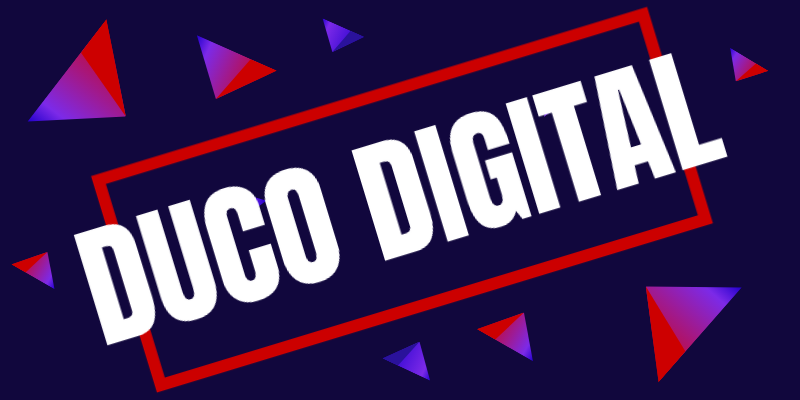What Are Non Fungible Tokens?
Non-fungible tokens, or NFTs, are pieces of digital content connected to a blockchain, the digital database that underpins cryptocurrencies such as Bitcoin and Ethereum. While non-fungible tokens (NFTs) have been around since 2014, NFTs are now gaining prominence as they become an increasingly popular way to buy and sell digital art. These digital assets, from art and music to tacos and toilet paper, are sold like exotic 17th-century Dutch tulips, some for millions of dollars.
Simply put, non-fungible tokens turn digital artwork and other collectibles into unique and verifiable assets that are easy to trade on the blockchain. NFTs are blockchain-based tokens that represent ownership of a digital asset.
NFTs can be thought of as irrevocable digital certificates of ownership and authenticity of a specific asset (whether digital or physical). Think of an NFT as a certificate, such as ownership of a car or property, declaring the rightful owner of the car or house, but an NFT is a digital proof of ownership. As digital assets, NFTs can be copied, downloaded and distributed, but the original NFT and proof of ownership are stored on the blockchain.
NFTs are verifiable, which means that the historical data stored on the blockchain confirms the identity of the original creator and owner of the NFT. What you need to know NFTs are unique cryptographic tokens that exist on the blockchain and cannot be replicated. Like cryptocurrencies, NFTs also contain owner information for easy identification and transfer between token holders.
NFTs are representations of digital assets similar to digital passports in that each token contains a unique, non-transferable identifier to distinguish it from other tokens. NFTs are also extensible, which means you can combine one NFT with another to "generate" a unique third NFT. For example, they are ideal for digital representations of physical assets such as real estate and art.
They are physical and digital assets that have been "tokenized" and given a unique code as proof of their authenticity. Non-fungible tokens can be used to prove ownership of digital items, such as game skins, all the way to ownership of physical assets.
For crypto collectibles, such as CryptoKitties collectibles, non-fungible tokens can be used for digital assets that need to be distinguished from one another in order to prove their value or rarity. Non-fungible tokens are not traded on standard cryptocurrency exchanges, but are bought or sold on digital marketplaces such as Openbazaar or Decentraland LAND virtual game marketplace. Non-fungible tokens, often referred to as NFTs, are blockchain-based tokens, each representing a unique asset such as a work of art, digital content, or media.
An irreplaceable token is a unique digital unit of data stored on a blockchain and used to prove the ownership and authenticity of a particular digital or physical asset, including the rights associated with it. A digital code is written into each NFT and recorded using the blockchain network on which it is based (again, usually the Ethereum network) to confirm the historical list of owners and the current owner of the unique digital asset. Non-fungible tokens use blockchain technology to verify the authenticity and ownership of a specific and unique digital object. A digital token contains certain information that distinguishes it from other NFTs or assets and confirms the ownership of a digital asset: an image, an audio file, text, etc.
NFT is a unique unit of data that uses technology to allow digital content — from videos to songs and images — to be registered and verified on the blockchains of cryptocurrencies, primarily Ethereum. NFTs are digital assets that represent real-world objects such as art, music, game elements, and videos. The most common NFT assets are digital art, digital collectibles, content such as video or audio, and event tickets. NFTs can be bought and sold by players, including in-game assets such as swords, skins, or unique avatars.
Unlike NFTs, these assets are fungible, which means they can be substituted or exchanged for an identical asset of the same value as a dollar bill. NFT means that the ownership of the assets has passed to the actual buyer, which means that they can be bought and sold through the gaming platform with additional value added depending on who owned them along the way. Like traditional trading cards, NFTs can be bought in bundles, but the bundles are digital and ownership is registered in the NFT.
The types of NFTs are very diverse, but NFTs can take the form of a digital work of art or a music file, anything unique that can be stored digitally and have value. When NFTs were first proposed for inclusion on the Ethereum blockchain, the authors envisioned them being used for physical objects, digital collectibles, or even tracking "negative value" assets such as loans. In my opinion, virtual kittens show that one of the coolest aspects of NFTs (for those of us who don't want to create an art lair for digital dragons) is how they can be used in games.
NFTs are nothing new in the cryptocurrency industry, but we are now seeing their newfound popularity sparking a digital art revolution. Christie's auction house has sold its first NFT work — an image collage from digital artist Beeple — for a whopping $69.3 million — and the non-fungible token has suddenly caught the world's attention. Non-Fungible Tokens (NFTs) are similar to trading cards you might collect at school, except these cards don't exist on a computer and can be copied, emailed, tweeted or deleted by third parties.
Useful Links:
https://www.cnn.com/2021/03/17/business/what-is-nft-meaning-fe-series/index.html
https://online.maryville.edu/blog/what-is-a-non-fungible-token/
https://www.forbes.com/advisor/investing/nft-non-fungible-token/
https://decrypt.co/resources/non-fungible-tokens-nfts-explained-guide-learn-blockchain
https://www.creativebloq.com/features/what-are-nfts
https://www.newscientist.com/definition/nft-non-fungible-tokens/
https://www.fool.com/investing/stock-market/market-sectors/financials/non-fungible-tokens/
https://www.investopedia.com/non-fungible-tokens-nft-5115211
https://www.theverge.com/22310188/nft-explainer-what-is-blockchain-crypto-art-faq
https://coingeek.com/bitcoin101/what-is-nft-the-rise-of-non-fungible-tokens-in-cryptocurrency/
https://aws.amazon.com/blockchain/nfts-explained/
https://www.artnews.com/art-news/news/nft-guide-1234614447/
https://www.ft.com/content/852b7961-51ee-43a3-8caf-f39bb479655c
annuity.org/2022/01/14/from-the-experts-8-pros-and-cons-of-nfts/


